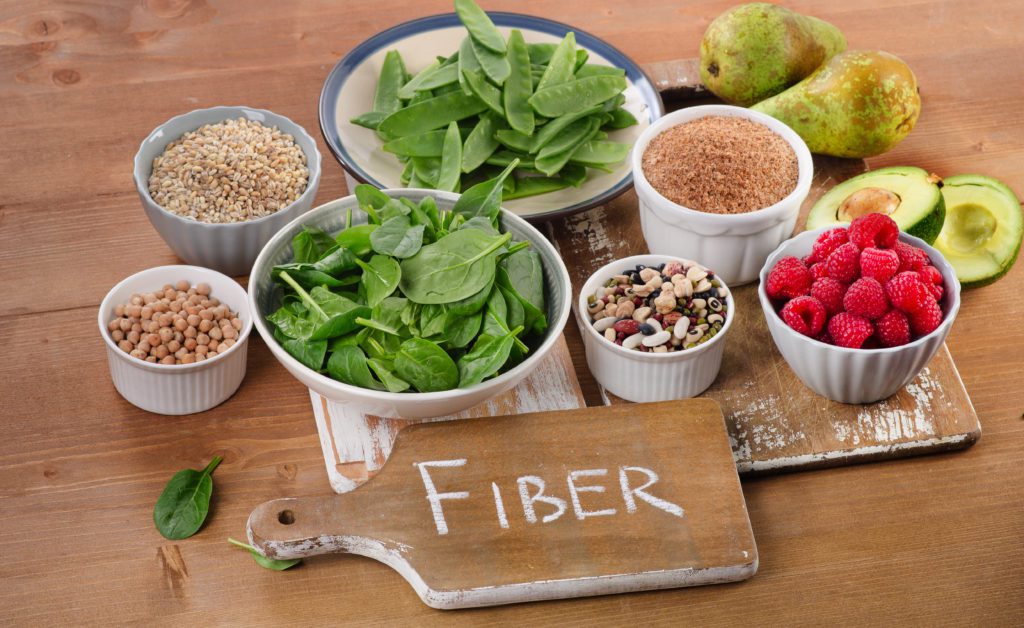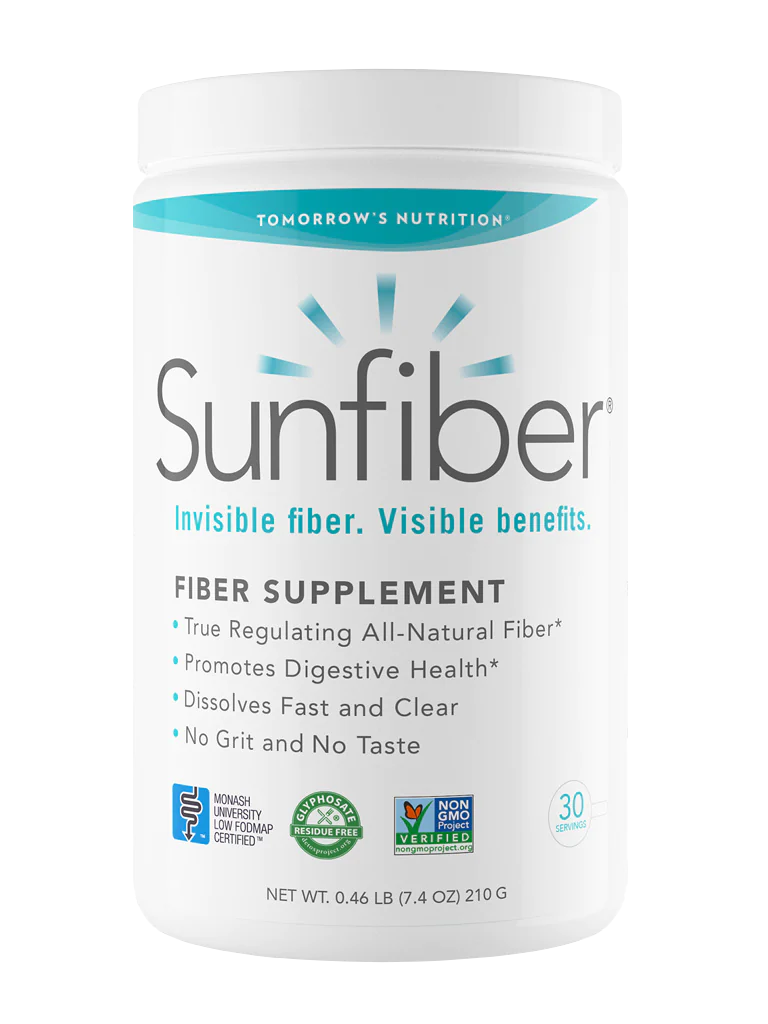Fiber (or what great grandma may have called roughage) is essential to health. It helps us absorb nutrients. It’s a highly effective weight management tool. It helps keep blood sugar in a healthy range. And there’s a strong association between high-fiber diets and reduced risk of heart disease. But most of us are suffering from a huge fiber gap.
Only 5 percent of Americans meet the Institute of Medicine’s recommended daily target of 25 grams for women and 38 grams for men. Most of us get less than half the recommended amount. Some signs of fiber insufficiency include constipation, flatulence, frequent upset stomach and hemorrhoids.
But while we may be aware that we need more fiber, there’s also the worry that increasing fiber intake will result in additional embarrassing gas, bloating or stomach noises!
To learn how to comfortably increase your fiber intake, it’s important to first learn some fiber basics starting with the differences between insoluble and soluble fiber.
Insoluble fiber
Insoluble is like nature’s broom. We don’t digest it, and it carries toxins with it as it exits our bodies. Insoluble fiber does not dissolve in water but forms a soft pulp as it moves through the colon, aiding colonic contractions and adding to fecal bulk. Good sources of insoluble fiber are grains, nuts, seeds and the skins of fruits.
Soluble fiber
Soluble fiber absorbs water which helps to move stool through the digestive tract. The right soluble fiber aids digestion feeds beneficial bacterial (acts as a prebiotic), moderates glucose absorption, lowers cholesterol and helps you feel less hungry. Good soluble fiber sources include beans, apples, and vegetables. But be careful. Some soluble fibers may lead to additional gas, bloating or worse: loose stools and diarrhea. Backed by more than 120 clinical studies, Sunfiber is a leading example of a soluble, low-FODMAP fiber that supports digestive health without causing excess gas or bloating.
How much soluble fiber and insoluble fiber should you get daily?
There is no official dietary reference intake for insoluble or soluble fiber individually. Some experts recommend that ¼ of your total dietary fiber intake – ideally 6 to 8 grams per day – come from soluble fiber.
This can become a bit of a guessing game when looking at the Nutrition Facts label. Food manufacturers are only required to list total dietary fiber on the label (insoluble and soluble are not required). Bottom line: A high-fiber cereal may not contain any soluble fiber, the type that experts say keeps your gut healthy.
Should you take a fiber supplement?
If you are not getting enough fiber in your diet, you may want to boost your intake through supplements. Read more about fiber’s health benefits and how to make smarter decisions when increasing your dietary fiber intake.
Here are a few things to consider as you compare other fibers with Sunfiber:
- Sunfiber mixes well with water and preferably “invisibly” into many of your other favorite foods and beverages without others knowing it’s there.
- If a fiber supplement gets gritty, gloppy or tastes terrible, you probably won’t continue using it.
- How many times will you need to use it daily? Some common fiber supplements must be taken three times daily. All-natural Sunfiber delivers 6 grams of soluble fiber in just one serving.
- Sunfiber is 100% gluten-free. Some so-called gluten-free fibers contain gluten levels up to 20 ppm.
- Sunfiber does not contain allergens such as soy, dairy, wheat, or eggs.
Sunfiber is Non-GMO Project Verified, TRU-ID™ DNA Certified for authenticity, 100% gluten free, Kosher, Halal and Monash University Low FODMAP Certified™. It was also recently certified by The Detox Project as glyphosate residue free.



0 Comments